Don't miss any stories → Follow Tennis View
FollowWEB EXCLUSIVE: Interview with Eric Butorac
The last American standing at the Australian Open this year was not women’s No. 1 Serena Williams, nor was it the top-ranked men’s doubles team of Bob and Mike Bryan. Instead, it was seasoned but relatively unheralded veteran Eric Butorac. Reaching the doubles final with partner Raven Klaasen, Butorac soared above elite opponents from the Bryan brothers to Daniel Nestor and Nenad Zimonjic. Although Butorac and Klaasen fell to Lukasz Kubot and Robert Lindstedt in the final, their fortnight created one of the most surprising and dramatic stories of this Australian Open.
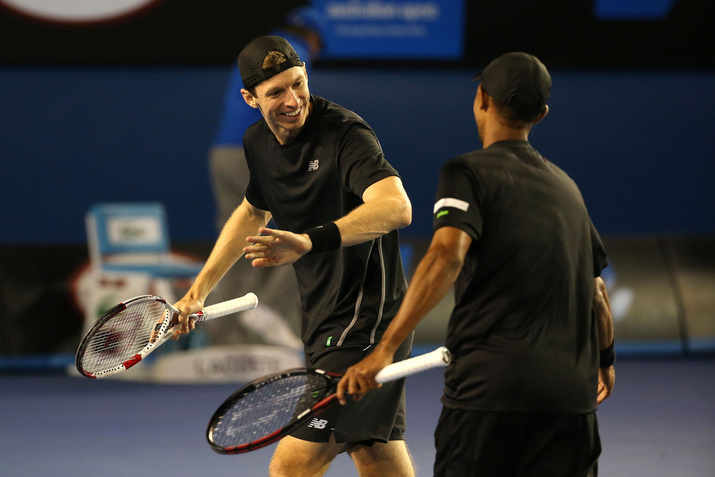
Tennis View columnist Nick Nemeroff talked with Butorac this week about his achievement in Melbourne as well as his unconventional background in tennis and his experiences as the Vice President of the ATP Player Council.
Q: You and Raven have both been on tour for over 10 years and just recently started teaming up last fall. Why now?
I was playing singles a lot more (before). I just started committing to playing doubles full-time last season. Raven and I played against each other at the US Open last year. After the match, we were chatting and thought that our games might fit pretty well together. We decided to try a few tournaments together in the fall and see how that went. We won our first event when we played together in the fall in Kuala Lumpur. At that point we decided that what we were hoping for might be true and that we would have a proper go at it in 2014.
Q: How surprised were you by your run to the Australian Open final? How did you guys handle your nerves as you progressed through the tournament?
We played really well in Brisbane and then again in Auckland as well. We thought we were capable of playing at a really high level. We just knew it might take a little bit of time for it to actually happen. It came a little sooner than we even thought and making the finals was a really big accomplishment. We were psyched about that! Being able to beat potentially the two best teams in the world—the Bryans and Nestor/Zimonjic—and also two of the up and coming teams—Huey/Inglot and Murray/Peers—made us feel that we can beat anyone in the world. It was a great feeling and a great confidence booster going into the 2014 season.
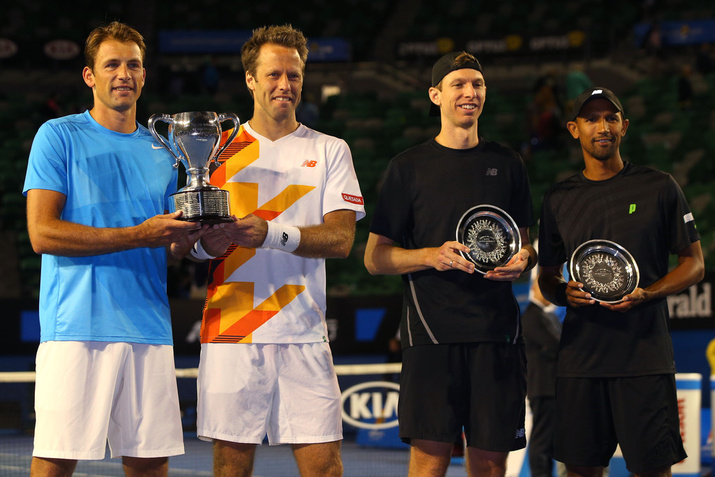
Q: What was the Australian Open final like? How would you describe the experience?
We were actually pretty confident going into it with all the teams we had beaten along the way, and we thought we had a really good chance to win that match. We scouted them properly, and we had a really good game plan. From early on in the first couple of games, those guys were on a level higher than anyone else than we saw. We couldn’t get ourselves into enough points, and we tried to change the game plan and throw different looks at them, but they came with too much for us on that day. Maybe it was something we needed to expect. Obviously neither of us had ever played in a grand slam final before. We’ve both played Kubot and Lindstedt and knew what to expect from that, but any time you’re in a grand slam final you’re playing another team which is playing at a very high level.
Q: What are your goals for the rest of the 2014 season moving forward? Will you continue to play with Raven?
Yes, we’ll kick off the US swing now and play tournaments in Memphis, Delray Beach, and Acapulco. Then we’ll go to Indian Wells and Miami, the next two big events on our calendar. We’d also love to make it to the World Tour Finals. That’s every doubles team’s goal when you start off in a season, but it’s a long way away too. We did so well in the Australian Open, we focused on our game and we did much better as a team, so I think we are going to keep that goal in mind along with getting better. We snuck up on some teams in Australia, but now we are going to be on every other team’s radar. We’re going to have to start making adjustments and improve in order to have success throughout the year.
Q: How advantageous do you think it is to have a team that has one righty and one lefty?
I think it’s huge in doubles. If you look at the top teams in the world—the Bryan brothers, Nestor/Zimonjic, and then the new teams—Huey/Inglot, Murray/Peers, the Poles (Fyrstenberg/Matkowski), Llodra/Mahut—a really high percentage of the teams are lefty/righty. It gives the teams an advantage when it comes to the serving and alternating service games. It’s really a struggle getting on to those teams’ serves. It also provides the teams with a few different options on how to cover the court. It just makes things awkward out there.
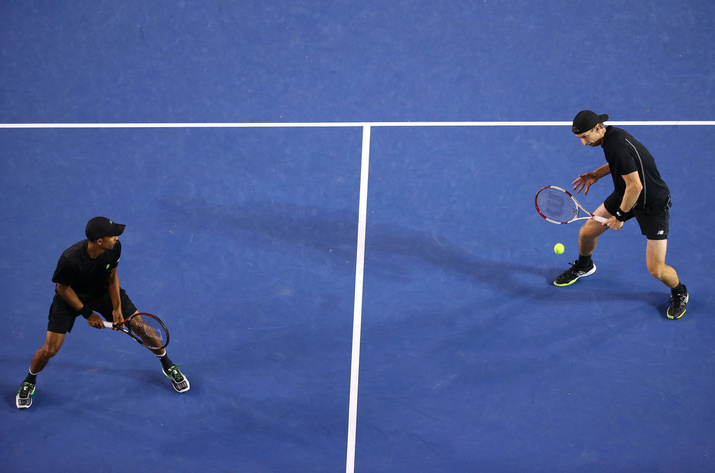
Q: As the Vice President of the ATP Player Council, you work side-by-side with Roger Federer. How did you become interested in that opportunity?
Well, I was nominated by my colleagues about seven years ago. I was fairly new on the Tour. They thought I was one of the few guys out there who had a college degree and would be someone good to represent the doubles guys and have a say with what goes on the players’ side of the Tour. I take it very seriously and I try to listen to all my constituents to help lead the Tour to a better place. Federer came onto the council about the same time as I did, and I think we’re the only two guys still left from the group at that time. It’s amazing how much time he wants to give back to the sport—in the same way I do, but obviously his time is a lot more valuable than mine. The fact that he wants to give so much back and have a voice and try to help the players have a voice is really special.
Q: What kind of perspective has working with the Player Council given you on the game?
A lot of players have complaints, and they think that things should be different. To be able to be in the room with the guys making the decisions, working directly with the CEO and the Board of Directors, helps me understand why things are the way they are and understand the other side of things—the tournament side, the promotional side, and all that goes into making the ATP Tour what it is.
Q: Can you share with us some of what the ATP Player Council has planned for 2014?
We just hired a new CEO. I’m sure you’ve heard, but we lost Brad Drewett last year to Lou Gehrig’s disease, which was really awful because he was a great human being, he was a great friend, and he did great things for the Tour. That put the Tour in a holding pattern for about six months. The guy we have in power now is Chris Kermode, the tournament director at Queens Club and the World Tour Finals. I think he is going to be really great for leading the Tour in a promotional sense. Both of his tournaments are two of the premier events on the Tour. I think he really understands a lot about the game and the fans. We have had a lot of conversations with him already about how we can showcase the players and the personalities we have to make the fans more engaged and also make the fans care about the events and who wins and who loses. We hope to start some new ventures and also teach the players what their role is in all of this. I don’t think there’s any reason we can’t make tennis one of the biggest sports on the planet.
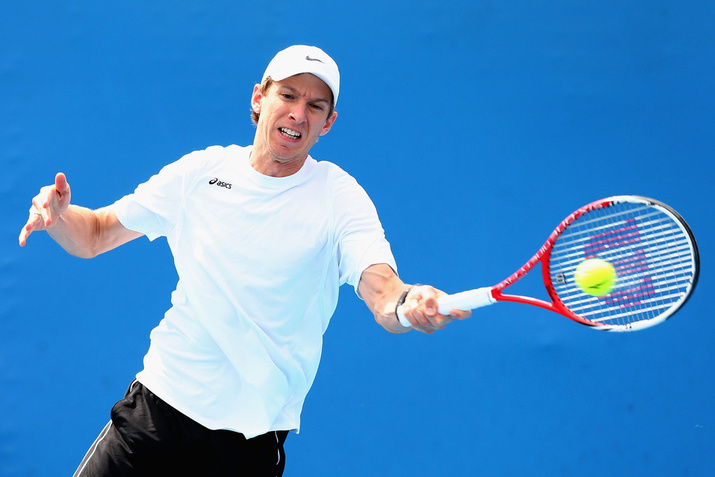
Q: You took a fairly unconventional path toward professional success. What made you decide to transfer from Ball State, a Division I tennis program, to Gustavus Adolphus College, a Division III tennis program?
Surprisingly enough, I was really on the border of making the lineup at Ball State. I was playing in the number five, six, seven range and I was in and out of the lineup regularly and that was frustrating. I wanted to be in a position where I got to compete week-in and week-out. I thought I wanted to be on that kind of team where I had to earn my spot, but being the top player on the team (at Gustavus Adolphus) ended up being really beneficial. It allowed me to play all the top players from the other schools and work with the coach, Steve Wilkinson, whom I really wanted to work with and get a lot of his attention. I got a lot of extra help from my coach, and I really thrived under his tutelage.
Q: What was it like winning both the NCAA Division III singles and doubles titles in your senior year of college?
It was exciting. Obviously it was one of my goals, although I would have preferred to win the team title, but winning the singles and doubles was great. It was a good cap on my career. I think what really helped me was getting comfortable with the idea of playing professional tennis. Not many Division III players attempt to play professional tennis, and usually those that do are out within six months or a year. I think that winning both the singles and doubles gave me a little extra boost. I was able to beat everyone in my division, so I wanted to see what the next level had to offer. If I had been a Division I player ranked No. 25 or No. 50 in the country, I might have thought that there were 50 guys better than me, so I shouldn’t even bother with the next level. But because I was the best in my division, it gave me the extra boost I needed to try it.
Q: So would you say your college success was the biggest factor motivating you to go pro?
I think it was a big part of it. My coach, Steve Wilkinson, helped me a lot with trying to become the best tennis player that I could be. He took our tennis team to Australia on a team trip, and I think that opened my mind to travelling a little bit. I had a good friend who was moving to France at the time. He encouraged me to go over there and experience a new culture and to try in play in money tournaments and realize that there was a life we could live in Europe playing tennis, one that doesn’t really exist in the US. In the US, you basically have to be in the top 200 in the world to make a living, or you end up coaching at a club. In Europe, through all the different money tournaments they have and all the leagues that they have, you can actually make a living playing pro tennis. I thought, “Why not have the chance to live in another place? If I can’t create something, I’ll take a year or two off and get a real job.”
Q: Tell me a little about the transition from college to professional tennis? What sacrifices have you made in order to stay on tour?
I was living in Europe, I didn’t have a big budget to work with, and so I was really living paycheck-to-paycheck. I was with two of my best friends in a rental car just travelling from tournament to tournament trying to play two or three events per week. We’d make 100 or 200 euros at an event, and that would pay for food and tickets to the next city, and we lived like that for about a year. It was hard, but it was also really exciting. I think getting through that stage and getting through to the next stage, making it to the Futures level and then onto the Challengers level, I felt like I was really accomplishing something. I felt like I was moving up, I felt like I was being successful, and each level got a little bit easier in terms of lifestyle and a little bit tougher in terms of level. Since I was able to embrace that and improve my game, I really enjoyed the steady climb up the world rankings. It can be long and it can be tough, but I enjoyed watching my ranking get better and watching my game get better while trying to get physically fitter and stronger in order to compete with the players at the next level.
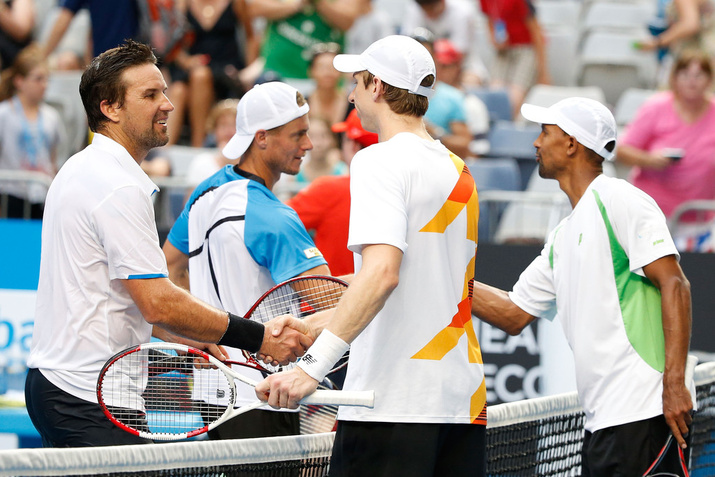
Q: If you could pick any doubles partner from the history of the ATP World Tour, who would it be and why?
Wow, that’s a great question. My two biggest heroes growing up, because I idolized serve-and-volleyers and loved watching that style of play, were Patrick Rafter and Stefan Edberg. It’s a little ironic because I got to play against Rafter (at the Australian Open), and then I hit with Federer before his match with Rafael Nadal because I was one of the few lefties left. So I ended up being on court with Roger when he was coached by (Edberg), the guy I used to watch growing up. Those were the guys I would always love to be on court with.
Tennis View thanks Eric Butorac for sharing his time and insights in this exclusive interview. We wish Eric the best of luck in 2014 and beyond.










